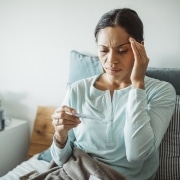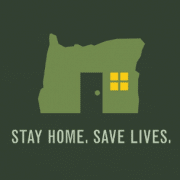Last week, we reported on the early release of 2019 incentive dollars to Coordinated Care Organizations (CCOs). Following this early release, COHO CCOs have been working hard to allocate these funds quickly and responsibly while keeping their members at the center of all decisions.
First, we should talk about what incentive funds are. Each year, the Oregon Health Authority (OHA) withholds a portion of CCOs’ global budget, which can be earned back based on achieving positive health metrics for members they serve. Incentive dollars are allocated by CCOs’ boards through a rigorous process and primarily go to hospitals, clinics, and other providers as part of value-based contracts (think of it like a bonus for helping meet aggressive preventive care goals determined by the state).
The incentive dollars that were released at the end of March were earned in 2019 by the hardworking providers contracted with CCOs to serve Oregon Health Plan members. In fact, many providers that work with CCOs have this incentive pool “bonus” built into their contracts—meaning that many of the dollars that are being released early will go to providers and health systems that are badly in need of financial support.
In normal times, a portion of these funds would also go toward community-driven programs and health innovation. CCOs are quickly pivoting to ensure funds are dedicated to supporting community needs related to COVID-19. This may include rental assistance for members, delivering groceries and supplies, and securing Personal Protective Equipment (PPE), among other things.
With all the needs related to COVID-19, what will our CCOs invest in, and how will they make every dollar count? We look forward to sharing more success stories in the weeks ahead. We are also partnering with OHA on policy adjustments to protect providers and ensure community investments can continue. Stay tuned.










